Study the diagram given below and then answer the questions that follow :

(i) Name the part labelled A. Name any two hormones produced by the part labelled A.
(ii) What happens to the part labelled B if :
(1) fertilisation takes place?
(2) fertilisation does not take place ?
(iii) Where does fertilisation occur ?
(iv) Draw a neat diagram of the human sperm as seen under high magnification and label the following parts: (a) Acrosome (b) Mitochondria.
Step by step video & image solution for Study the diagram given below and then answer the questions that follow : (i) Name the part labelled A. Name any two hormones produced by the part labelled A. (ii) What happens to the part labelled B if : (1) fertilisation takes place? (2) fertilisation does not take place ? (iii) Where does fertilisation occur ? (iv) Draw a neat diagram of the human sperm as seen under high magnification and label the following parts: (a) Acrosome (b) Mitochondria. by Biology experts to help you in doubts & scoring excellent marks in Class 10 exams.
Updated on:21/07/2023Topper's Solved these Questions
Similar Questions
Study the diagram given below and then answer the questions that follow :

Name the parts labelled 1, 2, 3 and 4.
View SolutionStudy the diagram given below and then answer the question that follow :
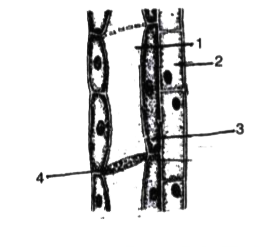
Name the parts labelled 1,2,3 and 4.
View SolutionStudy the diagram given below and then answer the questions that follow :
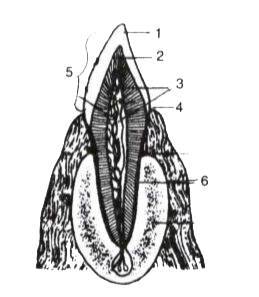
Name the parts labelled 1,2,3,4,5 and 6.
View SolutionStudy the diagram given below and then answer the question that follow :
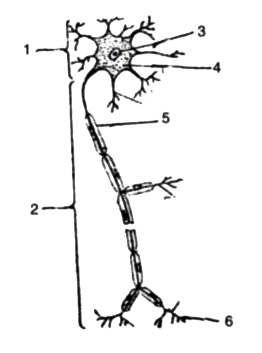
Name the parts labelled 1, 2, 3, 4, 5, and 6.
View SolutionStudy the diagram given below and answer the questions that follow :
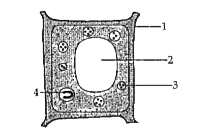
State the purpose of part labelled as 4.
View SolutionStudy the diagram given below and answer the questions that follow :
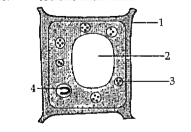
Label the parts 1 and 2.
View SolutionStudy the diagram given below and answer the questions that follow :
Label the parts 1 - 4.
View SolutionStudy the diagram given below and answer the questions that follow :
Label the parts 1 - 4.
View Solution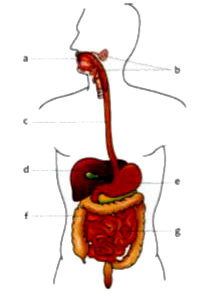
Name the parts labelled a to g.
View SolutionStudy the diagram given below and then answer the questions that follow :
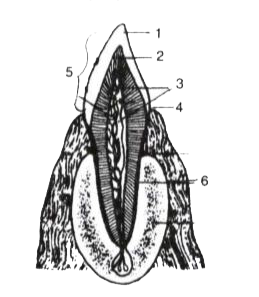
Describe the structure of the part labelled '3'.
View Solution
